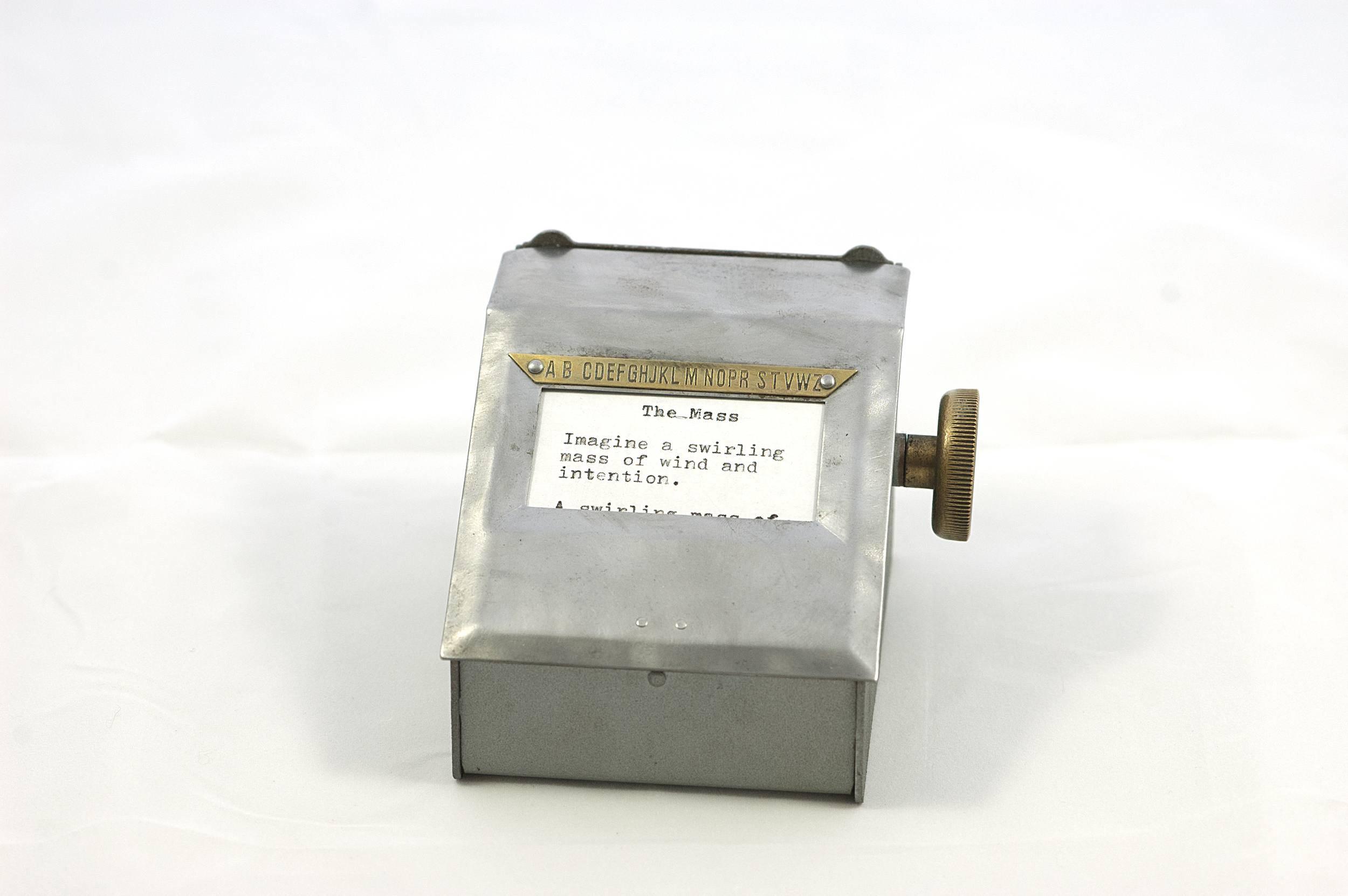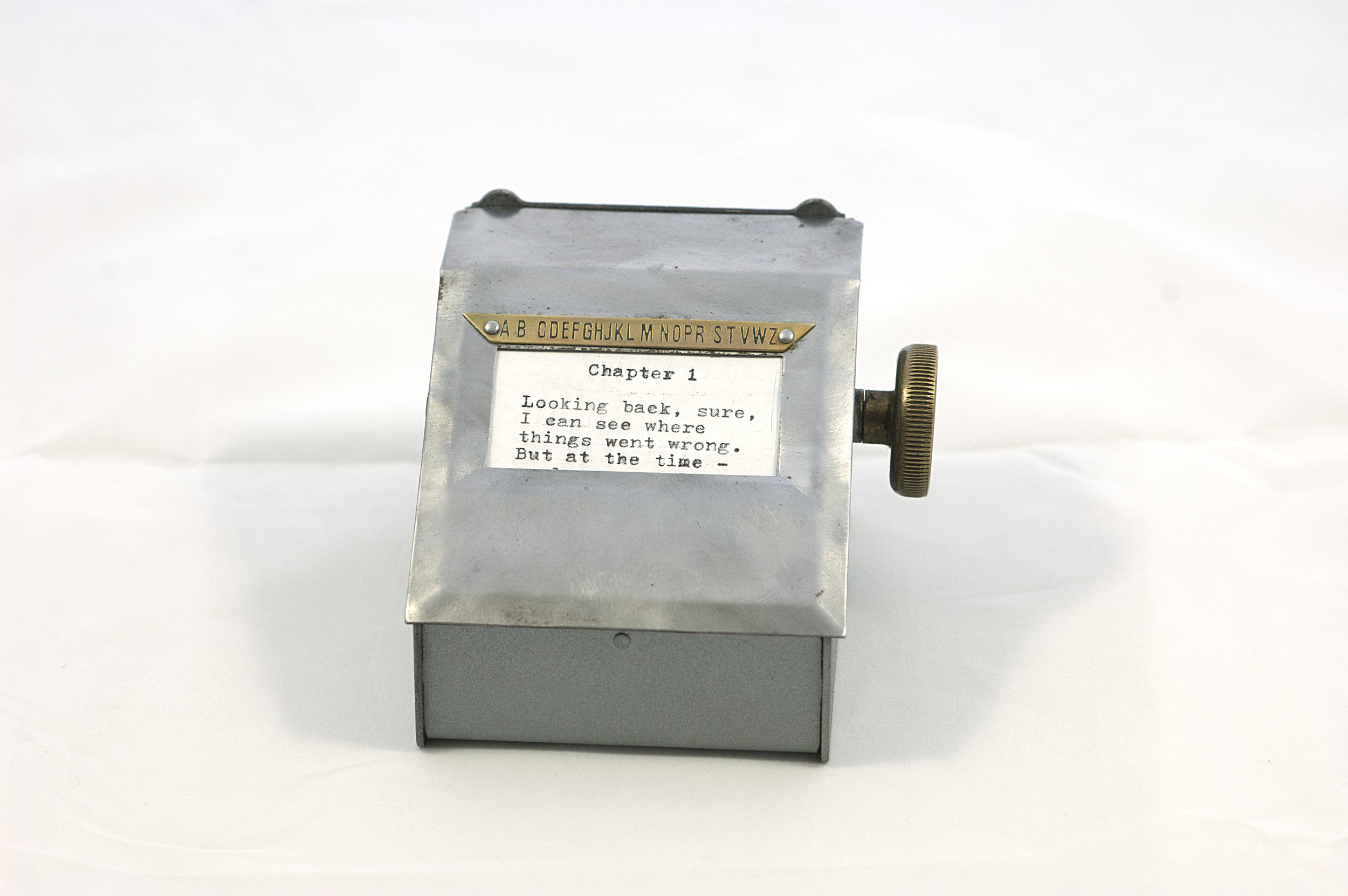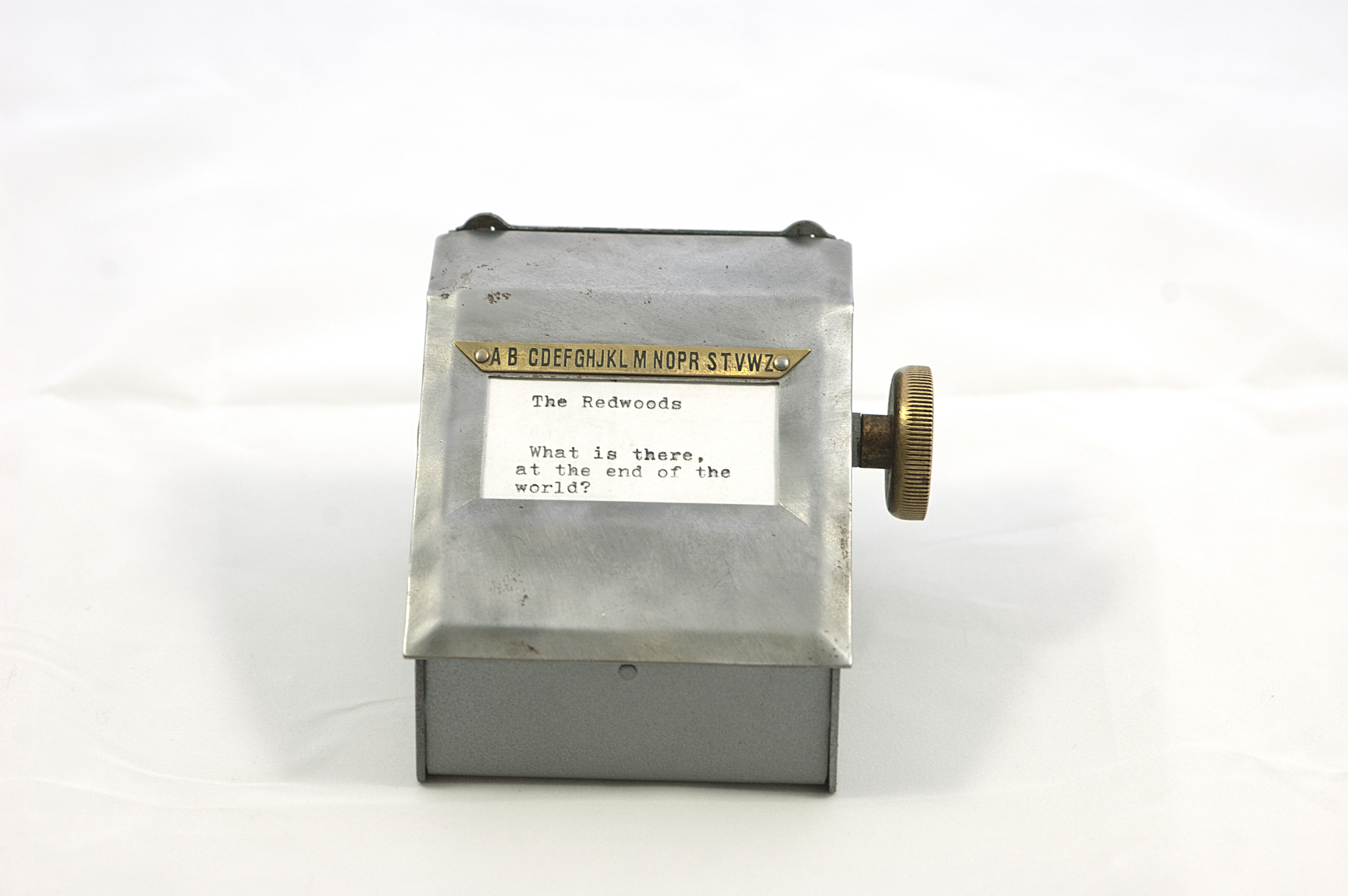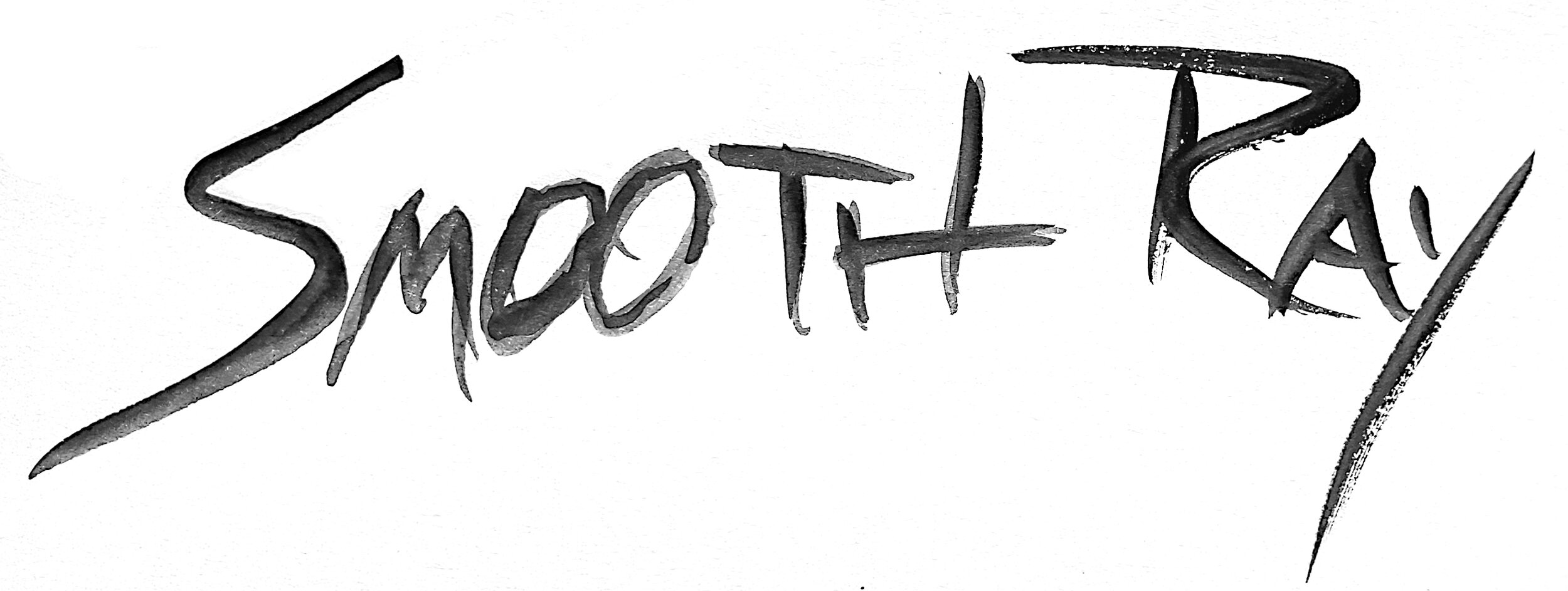Is that a toad in a hat, running with his arms raised?
New Arts Journal: Create
Arts Council England has launched a new journal aimed at fostering "discussion about the true value of art and culture to our society." The entire issue is available for download.
In his foreward, Peter Bazalgette chair of ACE, begins with a defense of public funding of the arts, noting:
"The arts define our culture, our identity and our national conversation. And now there is a growing understanding that the arts and culture sector fuels tourism, urban regeneration and our rapidly growing creative economy."
If for no other reason, check out the beautiful building behind Alan Davey. He's the departing Arts Council Chief Executive. Page 40 -- it's hypnotic.
There's a great conversation between English writer Toby Litt and author Neil Gaiman about the power of libraries. Gaiman says he's been in 600 to 700 libraries over the years. Amazing.
In The Margins: Project seeks to preserve book-margin notations
Ebooks are kind of a tricky subject. They are, of course, completely awesome. You can carry your entire library on vacation, they're easier to move than a cardboard box, can be read on devices from a phone to a television screen, can be replaced if lost, won't fall apart in the shower and are cheaper than their paper counterparts.
But actual paper books are awesome. Sure, you can still buy paper versions of most every major book title released now, but there's an aesthetic that's been lost, a communal feeling, in the tidal shift towards electronic readers. Somehow the weight of a physical book seems less these days.
Alas. Call it nostalgia — it's hard to deny an electronic reader isn't better in most every practical way.
Which makes this project all the more amazing. Among the things swept aside by electronic books were margin notes, those comments and underlinings and thoughts penciled in beside the passages which made us think.
Erik Schmitt, who worked on the design team for the 1st generation Kindle, has put together a beautiful project which preserves marginalia and notations as a kind of visual art and demonstration of how knowledge and insight is preserved and passed on.
The Pages Project is based on books he inherited from his grandfather, and invites people to submit photographs of notated book pages. He describes beautifully what he is attempting:
"The goal of the project is to demonstrate the layered expansion of meaning and insight that occurs through the marginalia left by ordinary people within books."
A Junk-Store Tale of Art Forgery
Years ago after a particularly grueling move to a new apartment, I uttered the words: "I'm never buying anything again."
That magic phrase. Because the very next day I stumbled on a beautiful lithograph — a gallery poster for a Joan Miro show. I gave the shop owner $10 for it, and he seemed relieved to see it gone.
I was curious about the poster's origins and did a little investigating. The story just makes me love the it even more: The poster advertises a show at the Gabos Art Center in University Heights, Ohio, in the summer of 1974.
Cornell Gabos sold fakes. Thousands of them, he would later admit, scamming millions from his victims. He operated for about 20 years, beginning in the 1970s, and later fled to Europe when federal authorities began closing in. He spent two years avoiding charges as the Federal Trade Commission won a $2.3 million judgement against him.
But apparently he spent it all while on the run, and this great Pittsburgh Post-Gazette story describes a flashy and high-profile lifestyle while avoiding authorities.
Ultimately he returned to the United States where he was recognized, reported and arrested. He was sentenced to 18 months in prison and directed to repay $1.5 million to victims — though just where that money would come from remained unclear.
Here's another piece of great reporting by Bill Heltzel. I wonder if Heltzel will be surprised to find his work on the Gabos story is still finding readers almost two decades later. Oh, internet ...
I re-framed the poster, which of course cost way more than the $10 I spent. It's not particularly valuable (despite one online auction that's pretty optimistic), but what a great story. I mean ... unless you're one of the thousands who were scammed by Gabos.
Forged prints are a problem — sometimes the signature is fake but the art is authentic; other times the entire work is not by the artist; sometimes the signature is real but it was signed before the print was made ... "fake" can mean a lot of different things, and I'm fairly sure there's at least one forged signature hanging on my walls.
I'm not sure what you'd call the Gabos poster: It's real, now that we know he was a fake? It reminds me just a little of "F For Fake," the tale of a professional forger and Orson Wells' final film.
And the painting of the peasant girl (in the top photo) is available for sale: $1.2 million. It's an authentic ....
Obsession & The Bates Boxes
Obsessions are strange. One day you're going about your life, all of your Priorities and Wants in relative order. And then, BOOM. You own something ridiculous, your thoughts are re-ordered, you think about chess in the shower or Her when you make coffee. You consider flight school or running a marathon or becoming a farmer.
Our latest obsession is the Bates Box.
The Bates Boxes were manufactured in the mid 1920s, and are beautiful examples of craftsmanship and ingenuity. They're essentially an early, art deco rolodex, and a very cool system of internal gears help to smoothly move the list of phone numbers.
Bates Manufacturing made a lot of office equipment and was best known for its sequential numbering devices used on legal submissions. But these little boxes have grabbed my imagination. Stripping them down reveals beautiful steel underneath, and replacing 80-year old phone numbers with poetry is my way of making them new again.
Fun fact: Thomas Edison's company owned Bates Manufacturing for a while.
We're obsessed, and have downloaded the patents on variations and put in research requests on related companies. There's no reason for it, no purpose. Just ... curiosity and focus.
Obsession.










